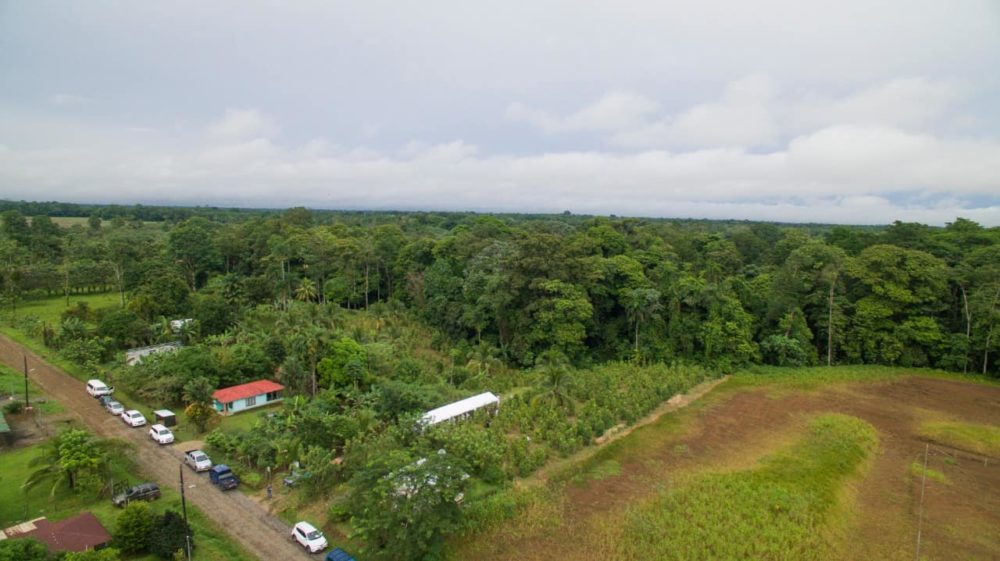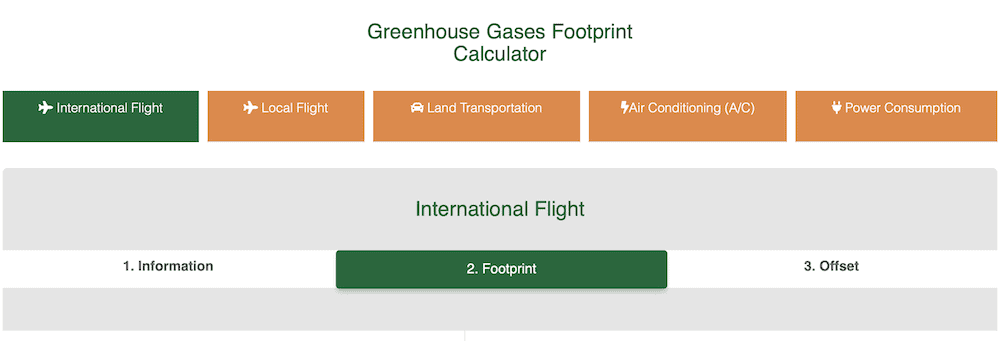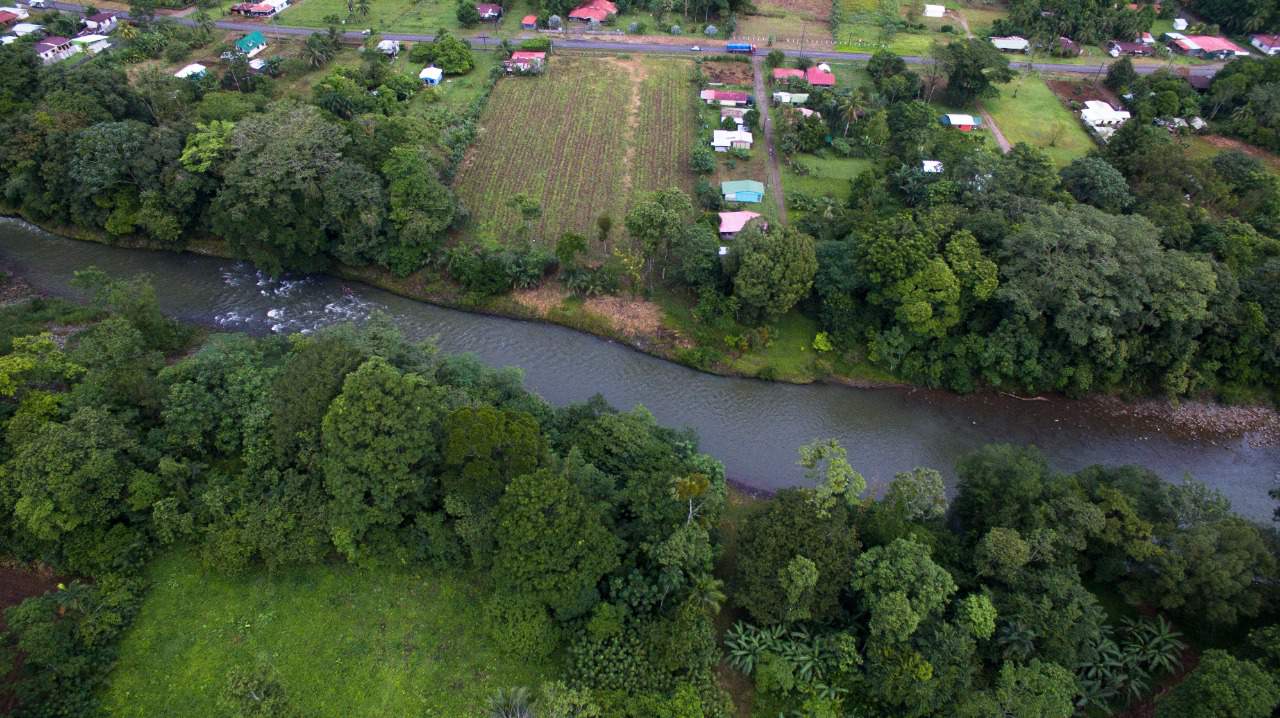SARAPIQUÍ, Heredia — Costa Rica is offering tourists the opportunity to reduce their carbon footprint as part of a program to support ecotourism.
Visitors who choose to purchase carbon offsets through the new initiative will benefit conservation efforts in Costa Rica via the well-regarded National Fund for Financing Forestry (FONAFIFO).
FONAFIFO, created in 1996, pays landowners to maintain forests, protect watersheds and reforest cleared areas. That has helped Costa Rica reverse rampant deforestation by providing financial incentives for preservation.
Thanks in part to FONAFIFO, the amount of forest cover in Costa Rica has more than doubled since the 1980s, according to the Food and Agriculture Organization (FAO) of the United Nations.
In addition to protecting more than 2,000 forest species, programs like FONAFIFO have fortified Costa Rica’s reputation as an ecotourism destination. According to a study commissions by the Tourism Board (ICT), world travelers see Costa Rica as a country where people respect nature through environmental stewardship.
“Costa Rica is perceived as a society that honors nature in its territory,” said Gustavo Segura, Tourism Minister. “It protects, cares and shares, enhances the well-being of its citizens — described as friendly people — is hospitable and happy.”
Carbon offsets: How they work

Carbon offsets help to limit the environment impact of travel by benefiting projects that reduce greenhouse gas emissions.
Under the program announced Wednesday in Sarapiquí, tourists who choose to purchase carbon offsets will directly fund FONAFIFO, which in turn aids landowners who conserve or protect nature.
By involving tourists in fundraising efforts, FONAFIFO says it will be able to support more landowners, in turn leading to more protected land and more ecotourism opportunities where visitors can see the immediate advantages of conservation.
This creates a “symbiosis that characterizes” Costa Rica’s ideals, Segura said.
“This program is a green engine for Costa Rica’s sustainable economic recovery,” said Andrea Meza, Environment Minister, in a statement.
Pedro García Rueda, owner of El Jícaro farm in El Roble de Sarapiquí, said FONAFIFO’s Payment for Environmental Services (PSA) program has supported his efforts to regrow the forest bordering the Sarapiquí River.
“The important thing about the PSA project is that the trees are planted so as not to cut them,” he said.
How to offset carbon emissions when visiting Costa Rica

Tourists can visit the FONAFIFO Online Calculator to estimate the carbon footprint associated with their air travel.
The tool calculates CO2-e, or carbon dioxide equivalents, based on distance flown and driven. For instance, two people flying round-trip on a commercial flight to the San José area (SJO) from Miami and driving 200 km produce an estimated 1.529 tons CO2-e.
FONAFIFO then offers travelers the option to offset those emissions through PSA projects that will help Costa Rica in its goals to maintain forest cover and reach carbon neutrality by 2050. In our example, the offset cost $11.50.
“This is a logical and solid step to involve, even more, the tourist in the dynamic of sustainable tourism,” Segura said. “This becomes a virtuous circle: Not only do tourists come to enjoy the biodiversity we conserve, but they help to grow with a relatively small investment to mitigate their carbon footprint.”






